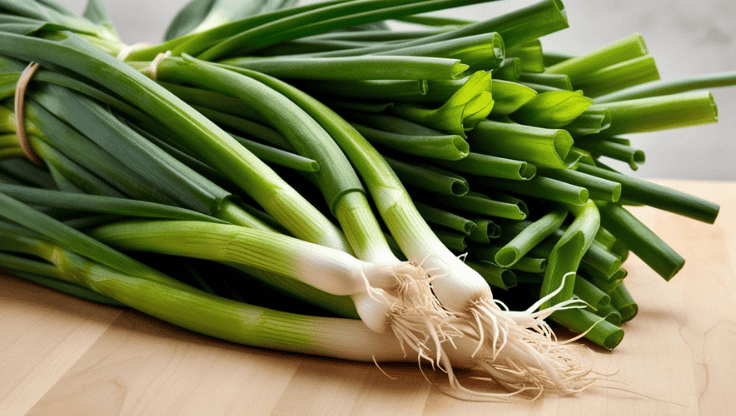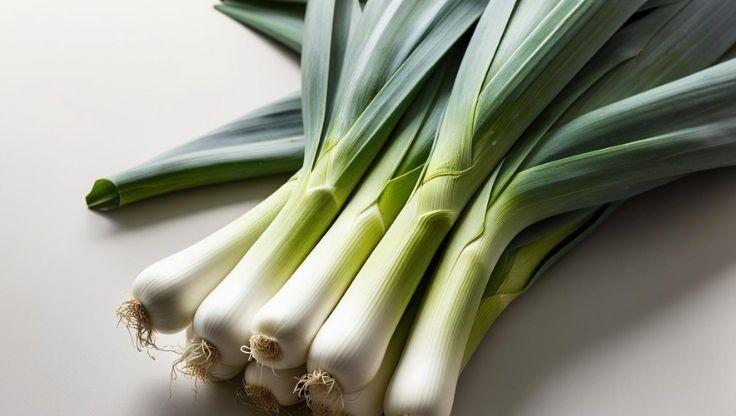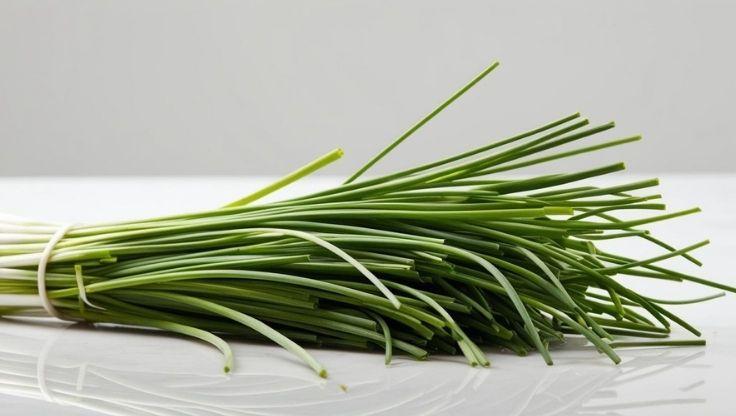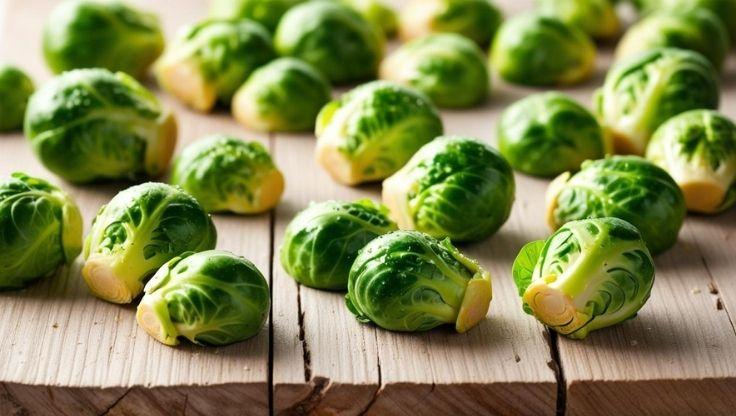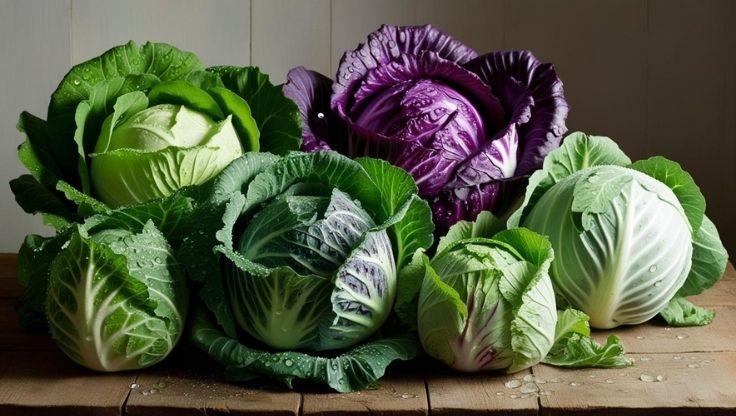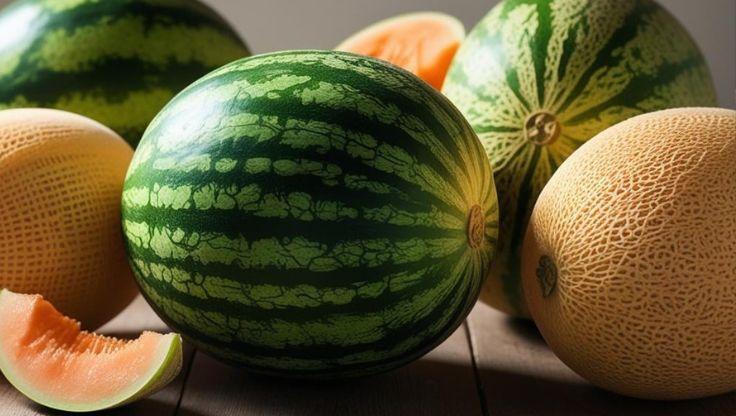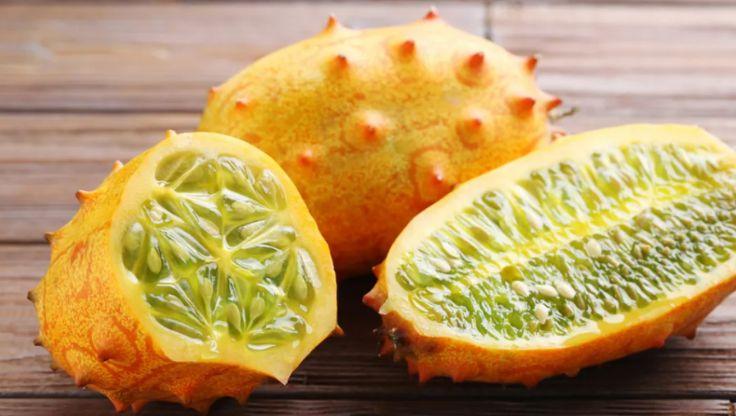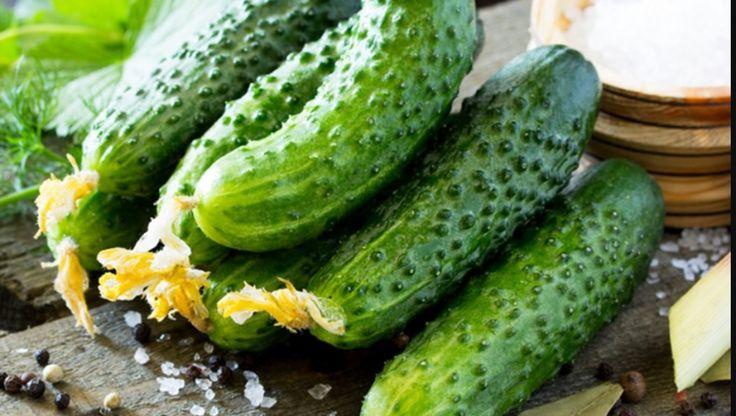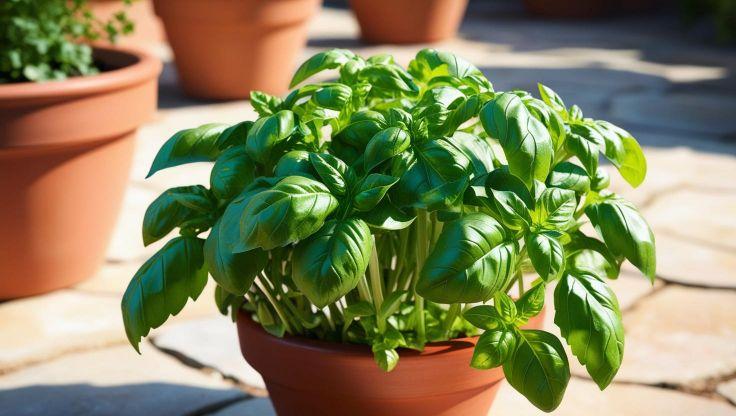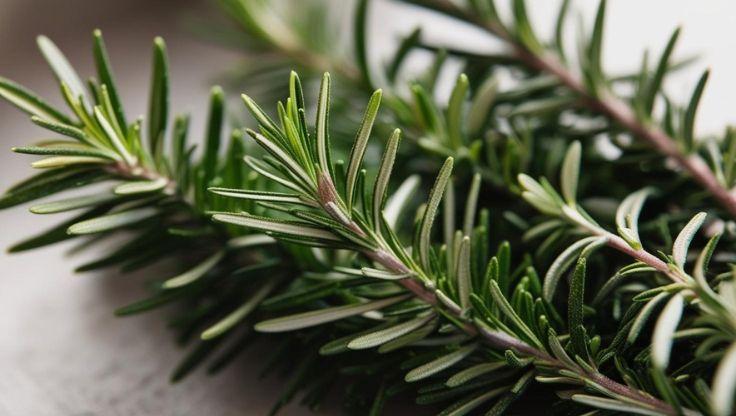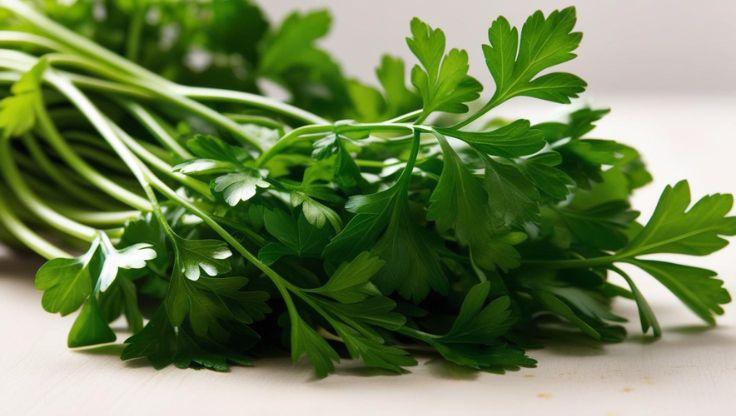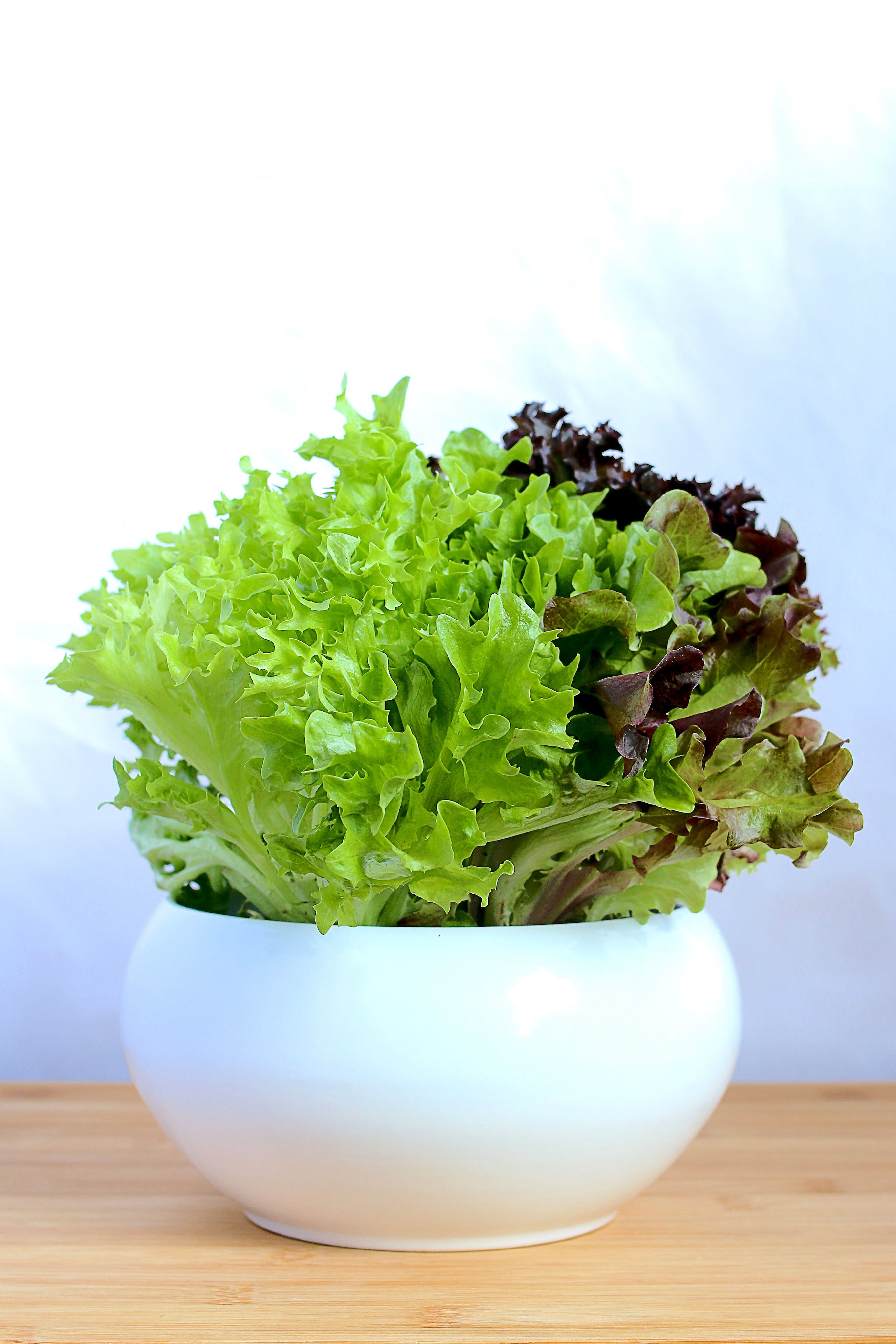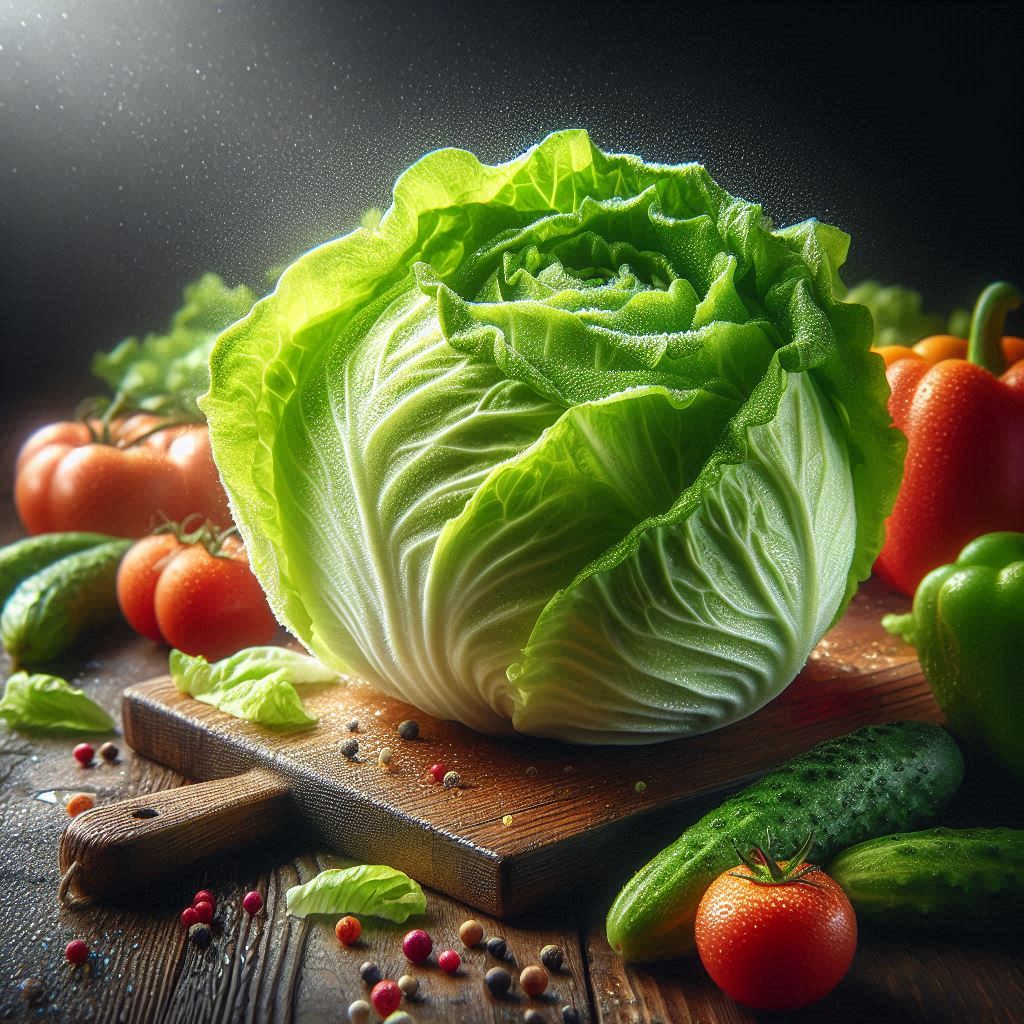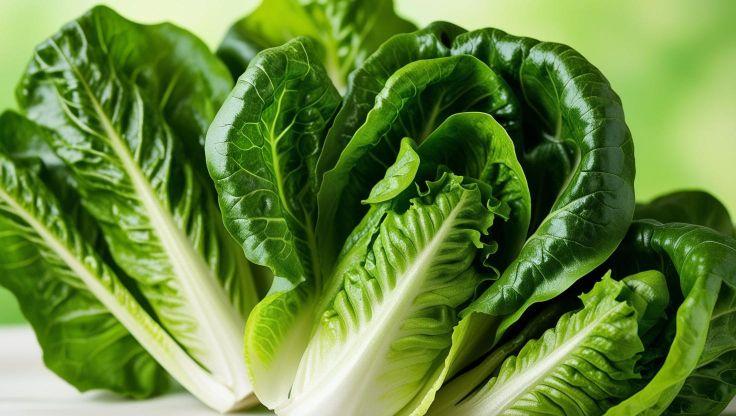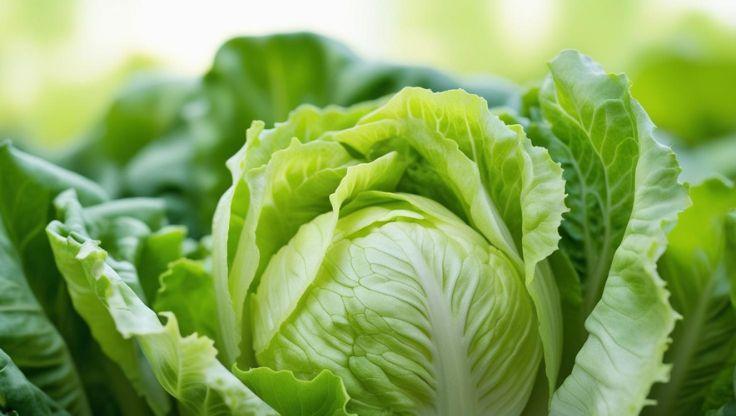Hydroponic Plants: A Complete Guide to Growing Basil
Basil (Ocimum basilicum), a fragrant herb widely used in cooking and herbal medicine, flourishes as a hydroponic plant due to its rapid growth and adaptability. Unlike soil-based farming, hydroponic systems offer precise control over nutrients, water supply, and environmental conditions, resulting in healthier plants and higher yields. A hydro garden minimizes water usage and eliminates soil-borne diseases, making basil an excellent choice for sustainable indoor cultivation.

Optimized Guide to Hydroponic Growing Conditions for Basil
Hydroponic plants, including basil (Ocimum basilicum), thrive in controlled environments that optimize nutrient absorption, accelerate growth, and ensure consistent leaf production. By carefully managing key factors such as pH balance, electrical conductivity (EC), lighting conditions, temperature, and humidity, growers can cultivate healthier basil plants with higher yields.
Ideal pH and EC Levels for Hydroponic Basil
Maintaining precise pH and EC levels is fundamental to supporting vigorous plant development and efficient nutrient uptake.
- pH Range: Hydroponic basil requires a pH level between 5.5 and 6.5, which facilitates optimal nutrient absorption and promotes strong root growth.
- EC Levels: An EC level between 1.0 and 1.6 mS/cm ensures a well-balanced mineral supply, preventing nutrient deficiencies and fostering steady development.
- Root System Health: Proper regulation of pH and EC strengthens root structures, leading to robust leaf expansion and improved flavor intensity.
Lighting, Temperature, and Humidity Requirements
Like other hydroponic plants, basil requires specific environmental conditions to sustain steady growth and maximize leaf yield.
- Light Exposure: Basil cultivated in hydroponic systems benefits from 12 to 16 hours of daily illumination, ideally provided by full-spectrum LED grow lights or natural sunlight, which enhances photosynthesis and supports healthy foliage.
- Temperature Range: The recommended temperature for optimal basil growth is 18 to 25°C (64–77°F), ensuring consistent metabolic activity and reducing stress-related growth delays.
- Humidity Control: Maintaining humidity levels between 50 and 70% helps prevent dehydration while minimizing the risk of fungal infections, ensuring strong leaf development and successful harvests.
Optimized Guide to the Seed-to-Harvest Process for Hydroponic Basil
Hydroponic plants, including basil (Ocimum basilicum), are among the fastest-growing herbs in controlled environments. With proper nutrient management, lighting, and humidity control, basil can thrive in hydroponic systems, producing high-quality leaves with enhanced flavor and aroma.
Seed Germination and Early Growth
The journey of hydroponic basil begins with seed germination, a crucial phase that determines plant vigor and overall success.
- Germination Time: Basil seeds typically sprout within 5–10 days, provided they are kept in warm, humid conditions.
- Seed Density: Each growing hole should contain 2–3 seeds, ensuring optimal spacing for root expansion and healthy development.
- Ideal Conditions: Maintaining a temperature range of 20–25°C (68–77°F) and ensuring consistent moisture levels promotes successful germination.
Transplanting and Growth Acceleration
Once seedlings establish strong roots, they are ready for hydroponic transplantation.
- Transplant Timing: Seedlings should be moved to their hydroponic system once they reach 3–4 inches in height, ensuring proper root establishment.
- Growth Duration: Hydroponic basil matures within 30–40 days, making it one of the fastest-growing herbs in controlled environments.
- Nutrient Optimization: A well-balanced nutrient solution ensures robust leaf formation, preventing deficiencies and enhancing flavor.
Popular Hydroponic Basil Varieties
Selecting the right basil variety is essential for maximizing yield and quality. Some of the most suitable hydroponic varieties include:
- Genovese Basil: Known for its sweet, aromatic flavor, commonly used in Italian cuisine.
- Thai Basil: A variety with spicy, anise-like notes, ideal for Asian dishes.
- Sweet Basil: Recognized for its mild, slightly peppery taste, perfect for salads and garnishes.
Uses and Benefits of Hydroponic Basil
Hydroponic plants, including basil (Ocimum basilicum), are widely valued for their culinary versatility, health benefits, and sustainability. As a staple herb in global cuisines, basil enhances dishes with its fresh, sweet, and peppery notes, making it a favorite among chefs and home cooks alike.
Culinary Applications of Hydroponic Basil
Basil is an essential ingredient in various traditional and modern recipes, offering a distinctive aroma and flavor profile.
- Traditional Pesto Sauces: The foundation of classic Italian pesto, basil blends seamlessly with garlic, pine nuts, Parmesan cheese, and olive oil.
- Fresh Basil in Salads and Pizzas: Whole or chopped basil leaves add a refreshing burst of flavor to Caprese salads, gourmet pizzas, and Mediterranean dishes.
- Herbal Infusions for Teas and Cocktails: Basil is commonly infused into herbal teas, lemonades, and craft cocktails, providing a subtle sweetness and aromatic complexity.
Health Benefits of Hydroponic Basil
Beyond its culinary appeal, hydroponic plants like basil offer numerous health advantages due to their rich nutrient profile.
- Antioxidant Properties: Basil contains flavonoids, polyphenols, and essential oils, which help combat oxidative stress and support cellular health.
- Vitamins A and K: These vital nutrients contribute to immune function, bone strength, and vision health.
- Anti-Inflammatory Compounds: Basil’s eugenol and rosmarinic acid help reduce inflammation, supporting digestion and overall wellness.
- Pesticide-Free Purity: Hydroponic basil is cultivated in a controlled environment, ensuring chemical-free, nutrient-rich leaves with enhanced purity and flavor
Research for expert insights
Discover expert knowledge and comprehensive information in the following resources.
|
Institution |
Article Title |
Article Link |
|---|---|---|
|
ASHS |
Growth Rate and Nutrient Uptake of Basil in Small-scale Hydroponics |
|
|
MDPI |
Growth of Hydroponic Sweet Basil (O. basilicum L.) Using Plasma-Activated Nutrient Solution (PANS) |
|
|
Plant Science Archives |
Comparative Analysis of Growth Parameters in Hydroponic and Soil-Grown Systems of Ocimum basilicum L. (Basil) |
Their well-researched findings provide a wealth of information, making them a must-read for anyone wishing to deepen their knowledge.


